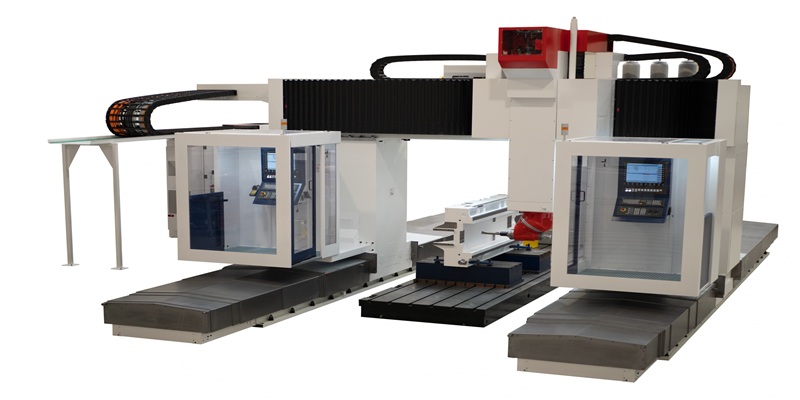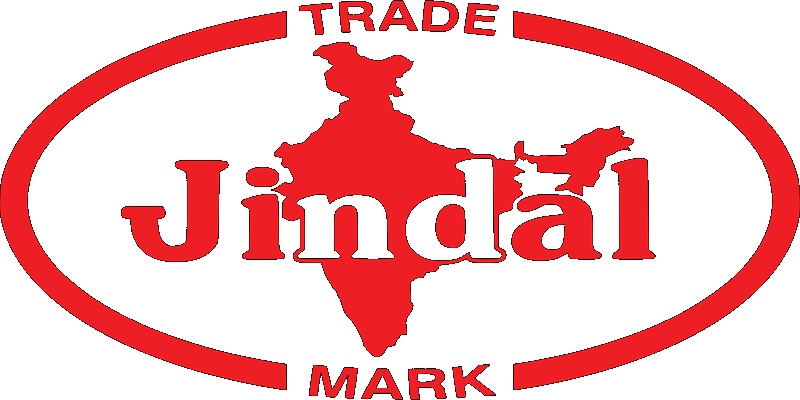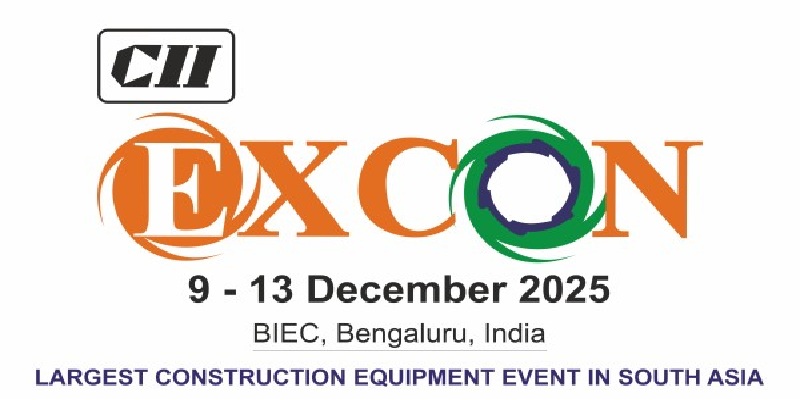Schedule a Call Back
On a fast-track growth
 Articles
Articles- Oct 04,24

Related Stories

Powermill G3 HPC3 Showcases Italian Excellence in Large-scale Precision Milling
Combining robustness, precision and Industry 4.0 connectivity, the Powermill G3 HPC3 exemplifies Italian manufacturing excellence for large-scale, high-accuracy machining.
Read more
Jindal (India) Announces Rs 1.5 Bn Investment to Expand Steel Capacity
Jindal (India) Limited will invest Rs 1.5 billion to upgrade facilities in West Bengal, boosting capacity, efficiency and revenues as part of its wider expansion strategy.
Read more
CII–ICEMA Highlight Export Competitiveness of India’s CE Industry at EXCON 2025
CII and ICEMA, at EXCON 2025, underscored India’s growing construction equipment export strength, policy support, innovation leadership and global ambitions.
Read moreRelated Products

Ball Rail Systems
Jinisha Electrolites offers a wide assortment of ball rail systems














